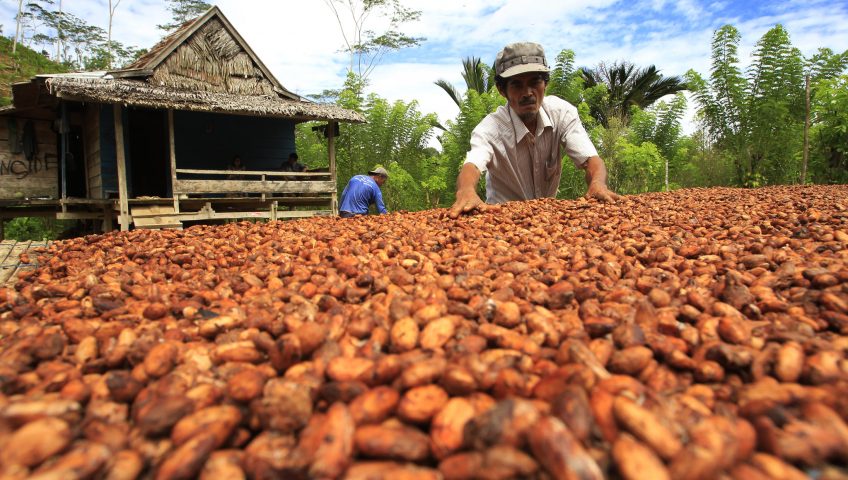COVID-19 presents an opportunity for the world to make the transition to more biodiversity-friendly agriculture.
By Susan Onyango
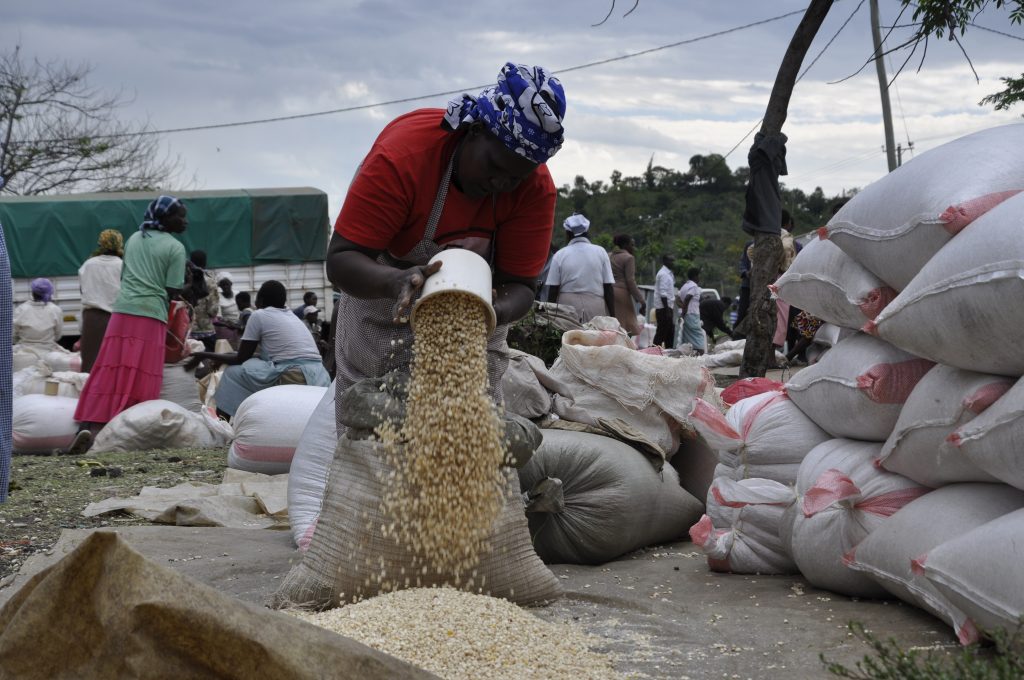
COVID-19 has brought the world to a grinding halt. Alarmingly, this includes severe impact on food systems both at production and distribution stages. As countries start reopening their economies, we have a rare window of opportunity to transform how our food is produced, for the benefit of people and the planet. On 2 June 2020, World Agroforestry (ICRAF) held a webinar to share perspectives on how we can rebuild our food systems to make them more resilient and inclusive.
Panelists included Anja Gassner, senior livelihoods specialist and head of the Research Methods Group at ICRAF; Rhett Harrison, landscape ecologist and conservation biologist with ICRAF; and Adriana Vidal, senior forest policy officer with IUCN. The webinar was moderated by Philip Dobie, senior fellow, ICRAF.
‘COVID-19 has exposed the vulnerabilities of our economies to shock and laid bare the inequality of our food production systems,’ said Gassner. ‘Farmers and immigrant workers live on low incomes, often close to the poverty line, and have no buffer to survive a pandemic.’
She explained that the world’s food systems are characterized by specialized economies of scale that leverage local economic advantages, climatic conditions and labour. These systems involve high levels of specialization, with large areas managed under monocultures and intensive production, and agricultural commodities linked to consumers through global trade networks.
The pandemic has disrupted and delayed supply chains in many ways, explained Gassner. For example, seasonal immigrant workers are not available to harvest crops and urban day-labourers who handle the produce have returned to the countryside. Farmers are also cut off from markets and millions are no longer receiving incomes and remittances that are much needed for their survival.
Gassner also noted that the recent 11th Petersberg Climate Dialogue concluded with a commitment to a green recovery built on solidarity. She pointed out that the trillions of dollars to be invested in recovery from COVID-19 offer an unprecedented opportunity for a clean, green and just transformation of the global economy, including a transition to a more biodiversity-friendly agriculture and food system.
She suggested governments consider investing in farmers’ cooperatives to help farmers shift from being only growers to become producers; linking farmers directly to consumers in cities through technology; initiating markets for diverse ‘food baskets’ through government procurement for schools, hospitals, creches and day-care centres, and diversifying food production to meet increasing demand for healthy and diverse diets.
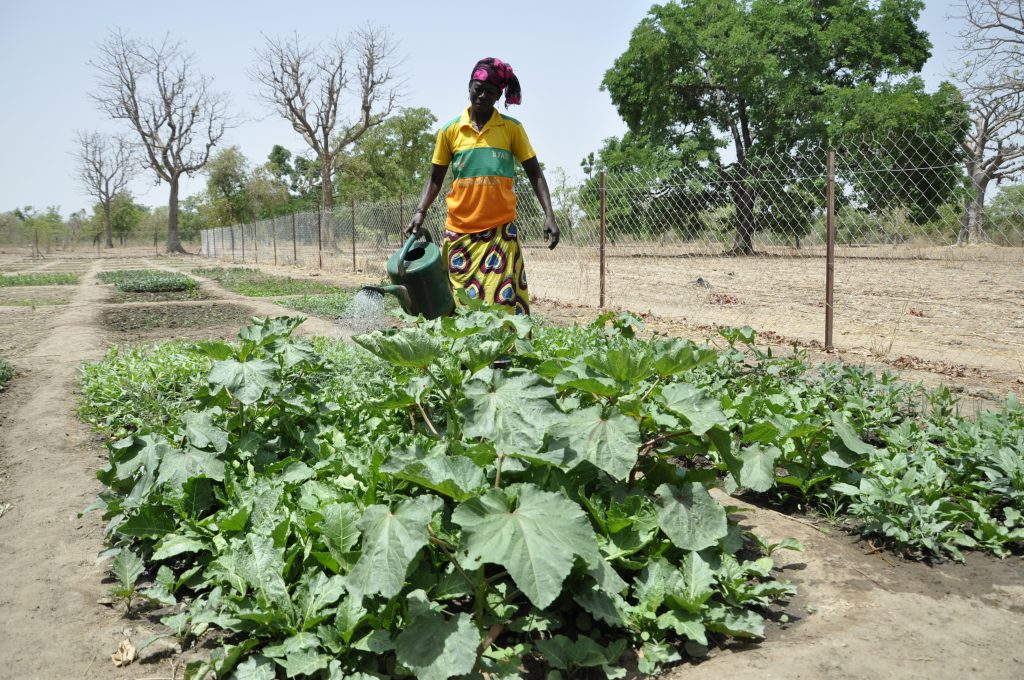
Agriculture: more biodiverse, inclusive and resilient
ICRAF’s Harrison argued that while global food systems have succeeded in feeding the growing population, developing countries have invested in intensive production of cash crops, such as oil palm and cocoa, earning foreign exchange in return, while widespread hunger still exists.
So on the one hand, globalization has been successful in bringing down food prices but on the other it is an unsustainable system that maintains food waste and unhealthy diets. Food is cheap because the externalities are ignored. There is no proper accounting of the environmental or health costs that come with specialised food systems.
Harrison described how the modern agricultural landscape has vast areas of monocultural crops, soils are doused with industrial fertilisers and crops sprayed with poisonous chemicals to control pests and weeds. This is not a sustainable form of agriculture. About 20% of agricultural land globally — in Africa the figure is 40% — is depleted of nutrients, exposed to erosion and poisoned with chemicals. These figures are increasing year on year.
‘This system that puts “cheap” food on the shelf is not in fact cheap because it does not factor in the long-term environmental damage and consequences for human health,’ he said. ‘The system is also heavily subsided by governments to prop up large-scale capital investment. Studies have shown that smallholders’ mixed farming systems are often more productive and economically efficient in the absence of subsidies.’
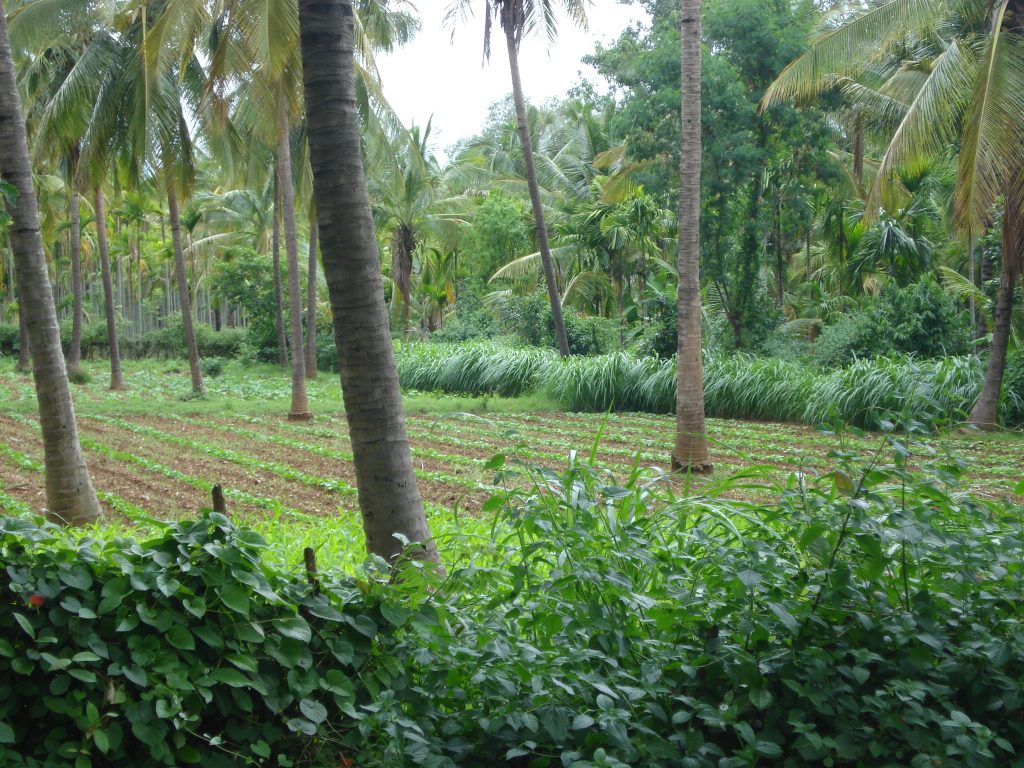
To put agriculture onto a sustainable path, Harrison explained that it is essential to manage agricultural land in a way that enhances biodiversity and the ecosystem services that the biodiversity underpins. Biodiversity not only supports food production but can secure water supplies, sequester carbon in soils and biomass — thereby mitigating global warming — and establish food production systems that are resilient to shocks.
Healthy soils recycle nutrients and enhance plants’ resistance to disease. Uncultivated land around fields provides habitat for natural enemies and wildflowers support pollinators. Trees and hedgerows are homes for birds and bats, which also feed on crop pests. Forests and other natural habitats protect essential ecosystem services, such as water for irrigation, as well as good-quality habitat. Distance from forests has been shown to be a key determining factor for both pollination and natural pest-control services.
Well-managed agricultural land can also provide essential habitat for the conservation of wild species. Conservation often focuses on protected areas but many reserves are too small or isolated to support wild populations on their own. They need to be connected with habitats outside of protected areas. Better management of ‘mosaic’ landscapes — patchworks of land with trees in woodlots, windbreaks, orchards and forests — is essential for species that can use the agricultural areas for habitat and to move between patches of forests.
‘Proper management of biodiversity can help manage agriculture sustainably,’ added Harrison. ‘Similarly, agriculture is not an enemy of biodiversity. Done right, it can be a tool to conserve biodiversity.’
Land transformation on the global stage
Land conversion for agriculture and raising livestock is one of the biggest drivers of the loss of natural ecosystems. Up until now, the response has been to promote the protection of natural ecosystems in reserves as a way to prevent further expansion of agriculture.
‘In the draft Post-2020 Global Biodiversity Framework,’ said Vidal of IUCN, ‘agriculture is only mentioned under the “benefits to people” section. To promote sustainable agriculture to achieve conservation, critical nuances between sustainable agriculture and conservation need to receive more focus.’
She explained that one key perspective that hasn’t been emphasied in countries’ efforts to protect biodiversity is the importance of mixed, diverse agricultural landscapes for their contribution to the conservation of wild biodiversity.
With reference to the upcoming post-2020 framework, Vidal suggested that the parties to the Convention should consider three points to achieve a holistic treatment of agricultural land to benefit both biodiversity and humans.
- Avoid restricting the global goals pursuing conservation to only natural ecosystems. Conservation measures can also be done in managed ecosystems. These have impact on the survival of both domesticated and wild species and support natural ecosystems as well. This includes measures to ensure that indigenous peoples who maintain and cultivate wild biodiversity are equal partners in the planning and implementation of such measures.
- Recognize the ‘landscape approach’ as the best way to manage biodiversity. This includes both ‘natural’ ecosystems — which must be protected — but also multi-use mosaic ecosystems that blend many forms of productive use with conservation, including agriculture, woodland, grassland, waterbodies and wilderness. Agricultural land within these landscapes should be managed in a manner that optimizes biodiversity conservation and links protected areas to permit the movement of species. The principles of the landscape approach encompass a much broader set of objectives than ‘spatial planning’, the term included in goal 1 and target 1 in the current draft of the Framework.
- Explicitly recognize, in the proposed target 8, the connection between agricultural landscapes and biodiversity not only for food production or for agrobiodiversity but also as a habitat of wild species, where agricultural landscapes provide connectivity functions in support of natural ecosystems. If this is recognized, then countries can focus on measures that ensure that farming systems are more biodiversity-friendly and sustain the full breadth of species that depend on agricultural landscapes.
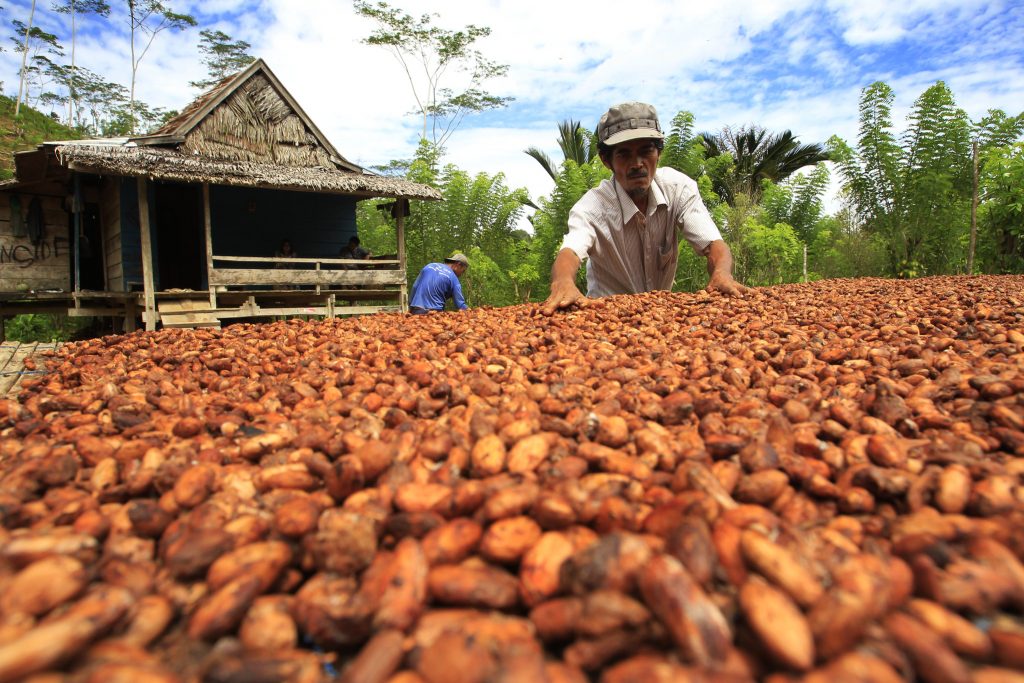
A concern was raised from a listener that localizing food systems could result in higher food prices, with an unintended impact on poor communities. Gassner cited the example of the UK, where the exorbitantly high cost (GBP 700) of maintaining a hectare of agricultural land resulted in the government heavily subsidising agriculture. She highlighted the need for adjusting policies and incentives to keep prices fair for everybody. She also raised the consideration that a consumer buying a cheaper product very likely means that a farmer in a producing country is bearing the brunt of reduced prices.
Another listener asked how agriculture can be promoted within a landscape approach. Vidal clarified that landscapes are not necessarily defined by jurisdictional boundaries rather they are established by the users and decision-makers who consider how an area needs to be managed, for example, by looking at natural boundaries, such as rivers and mountains. She explained that in practical terms, using a landscape approach means accounting for multiple needs and uses, balancing trade-offs and consequences while deciding a way forward.
This story is based on the webinar, Building biodiverse food systems for an inclusive, resilient and safe future, held by World Agroforestry to mark World Environment Day 2020.
Watch the webinar here

